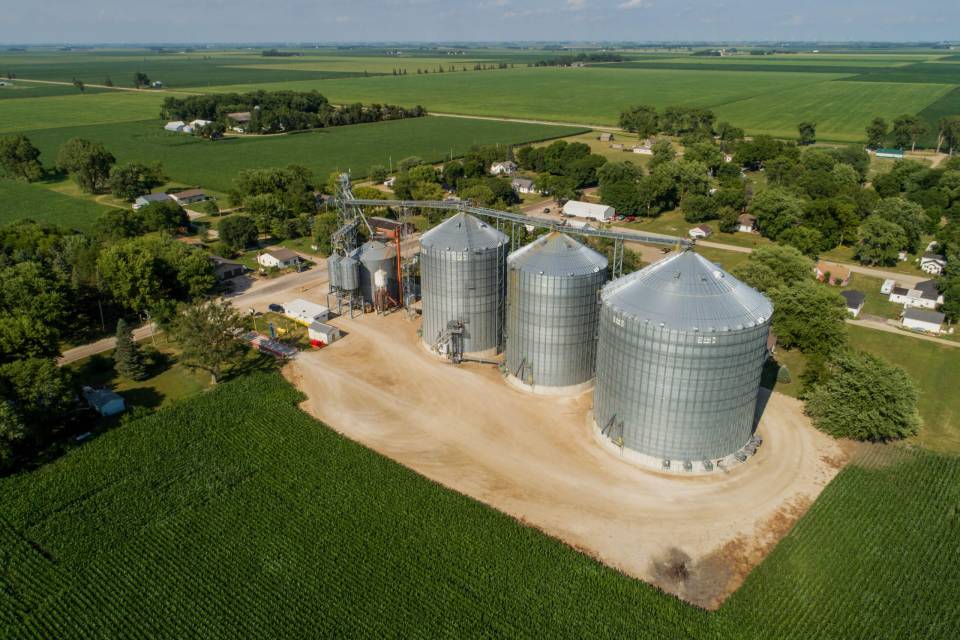Fertilizer Market: Walking A Tight Rope
“Prices are very, very high for phosphorous (P), potassium (K), and nitrogen (N),” says Lloyd Murdock, Extension soil specialist for the University of Kentucky. “Demand is up from all over the world. We’ve been used to cheap fertilizer for decades and haven’t had to worry much about efficiency. Now we have to think about efficient use of fertilizer more than we ever had.”
Coupled with this, the transportation costs have also risen sharply. “When fuel went from $1.80 per gallon to $3 per gallon, that meant more for transporting the fertilizer,” says Rick Cartwright, professor and Extension plant pathologist for the University of Arkansas. “It costs more to mine or manufacture it, on down the line. So all fertilizer prices have gone up.”
Luckily for the marketplace, commodity prices have mirrored these increases in many ways, easing the financial pain grower-customers might have otherwise faced.
According to most market watchers, corn prices for 2007 in particular grew to more than $4 per bushel, despite the record number of acres being harvested. In the minds of most analysts, this strong demand for corn tied back to a single factor — the growth of the ethanol marketplace within the U.S. During 2007, ethanol production virtually doubled — from 4.5 billion gallons in 2006 to 8.9 billion gallons. By the end of the decade, it is projected that ethanol production will hit the 11.2 billion-gallon mark, even with modest growth. If corn remains the primary feedstock for the U.S. ethanol industry, this will increase the amount of the total corn crop needed to fuel this demand from 26% to better than 30%.
Even with these factors in play, many market watchers are already speculating that 2008 will be a much slower year for fertilizer. “Volume growth for any of the three nutrients will be limited,” says one major retail representative. “A decrease in corn acres with a corresponding increase in soybean acres will obviously hurt N. However, P and K are more subject to application deferral. K will probably hold up the best, volume-wise. The calendar year will be challenging because of the excellent fall application in 2007.”
The Breakdown
Looking at the individual fertilizer types themselves, N has been the most active the past year. According to statistics compiled by USDA’s National Agricultural Statistics Services, and the International Fertilizer Industry Association (IFA), N global consumption among the eight major crops increased from 12,044 nutrient tons in 2006 to 13,689 nutrient tons in 2007. This demand is projected to grow to 14,000 nutrient tons in 2008, moving forward at an annual rate of 1.8% through 2016. What makes this significant is the fact that between 1995 and 2006, the annual growth rate for N was only 0.2%.
Broken down even further, much of the activity in the N market these days centers on urea. According to IFA figures, urea production share rose from 36% in 2006 to 51% in 2007, increasing at approximately 4% per year since 1990. In comparison, the total annual growth of all other N products during this same time frame was 0%. Led by these increases, world urea demand is projected to increase from 140 million tons today to 152 million tons by 2010.
“While urea supply is projected to grow rapidly, the supply/demand balance will likely remain tight in 2008, easing slightly in 2009,” said IFA representatives Luc Maene and Michel Prud’homme in a presentation at the 2008 Fertilizer Outlook and Technology Conference. “A surplus would emerge during 2010.”
As for ammonia, world demand is up to approximately 123 million tons through 2007. According to IFA statistics, growth in this segment will be more modest during the next few years, with total demand hitting 130 million tons by the end of the decade.
Moving on to P, IFA estimates that world demand hit 40 million tons in 2007, and should increase slightly to 41 million tons by the end of 2008. Significantly, the supply for P should slightly outpace demand over the next few years, 4.2% to 3.6%, respectively.
“Exportable phosphoric acid will remain very tight in light of the few projects planned in the short term,” said Maene and Prud’homme. “Moreover, no new merchant capacity is under construction.”
According to IFA, K demand should follow a similar demand curve as P. In this category, world demand should grow from approximately 27 million tons in 2007 to 29 million tons in 2008.
“Potash supplies will increase in most exporting countries,” said Maene and Prud’homme. “Because of a shift towards more balanced fertilizer use, no significant K surplus will develop before 2011, at the earliest.”
In conclusion, Maene and Prud’homme predicted that 2008 will be a very difficult year for the fertilizer market, particularly from the supply standpoint. “All nutrient markets will be tight until 2009 as demand has expanded more rapidly than was expected a few years ago,” they said.






